The Employment Equity Shift Is Here — How KVR Consulting Can Help You Respond with Confidence
Late in August 2025, the Pretoria High Court confirmed that the new sectoral numerical targets under South Africa’s revised Employment Equity Act (EEA) must take effect. Attempts by industry groups to pause their implementation — effective from 1 September — were dismissed. Even though the matter is headed to the Constitutional Court, businesses must prepare now.
Sector Targets Are Now Reality — What They Mean for You
Earlier this year, new sectoral targets were promulgated under Section 15A of the EEA. These targets apply to designated employers (those with 50 or more employees) and require demonstrable, progressive improvement in workforce demographics (race, gender, and disability representation) across organisational levels over a five-year period.
Opponents of the regulation argue these targets amount to unconstitutional quotas. But the High Court found that they were based on credible data from Statistics South Africa and expert input from the Commission for Employment Equity, and that the regulatory process was valid.
What KVR Consulting Recommends — What You Should Do Now
Although the Constitutional Court may yet alter the new framework, regulators expect businesses to proceed as though the targets are valid:
1. Assess your “as-is” position.
Review your existing employment equity (EE) plan. Collect current demographic data for all levels and functions. Identify gaps relative to the new sector benchmarks.
2. Revise or create a forward-looking EE plan.
Build interventions, training, and development pathways to move your numbers toward target. Set clear, measurable milestones over the coming years.
3. Document rigorously.
Since legal challenges are likely, having well-documented efforts (even incremental ones) demonstrates good faith and intent.
4. Prepare your submission.
The EE reporting window opens 1 September 2025 and closes 15 January 2026. Make sure your demographic data, narrative interventions, and supporting evidence are in order.
5. Stay alert to changes.
The Constitutional Court’s decision might shift parts of the regulation. Be ready to adapt your plan, but don’t sit idle waiting for certainty.
Even employers with fewer than 50 staff must confirm their designated status, especially in cases of mergers, acquisitions, or structural shifts.
Risks — But Also Opportunity
Failing to comply may carry serious implications: fines, withdrawal of EE compliance certificates, and exclusion from government-related contracts. But there's more than risk — there's strategic upside. Progressive compliance can enhance your employer brand, unlock new public-sector or supplier opportunities, and help retain and attract diverse talent.
Companies that embed inclusive practices, career development, and accessibility into culture won’t just survive — they’ll lead.
How KVR Consulting Can Support You
Let us help you turn regulation into advantage:
- Current-state benchmarking: We’ll map where your workforce sits versus the new sectoral targets.
- Plan design & alignment: We’ll help you craft or revise an EE plan tailored to your sector, size, and goals.
- Submission & compliance support: We assist with the reporting process, ensuring your documentation meets requirements and your narrative is persuasive.
- Ongoing advisory: As the legal landscape evolves, we’ll guide you in adapting your approach.
Don’t let uncertainty immobilise you. With KVR Consulting as your partner, you can move forward confidently, strategically and compliantly — no matter where things land.
Join us on 12 November 2025 for an EE workshop where we will explore how to apply the new EE Act amendments to your business.
Complete the form below, and we will be in touch with more details soon!
How can we help?
Let us connect you with the right expert who can help you with your query.
Copyright © KVR Consulting. All Rights Reserved.






